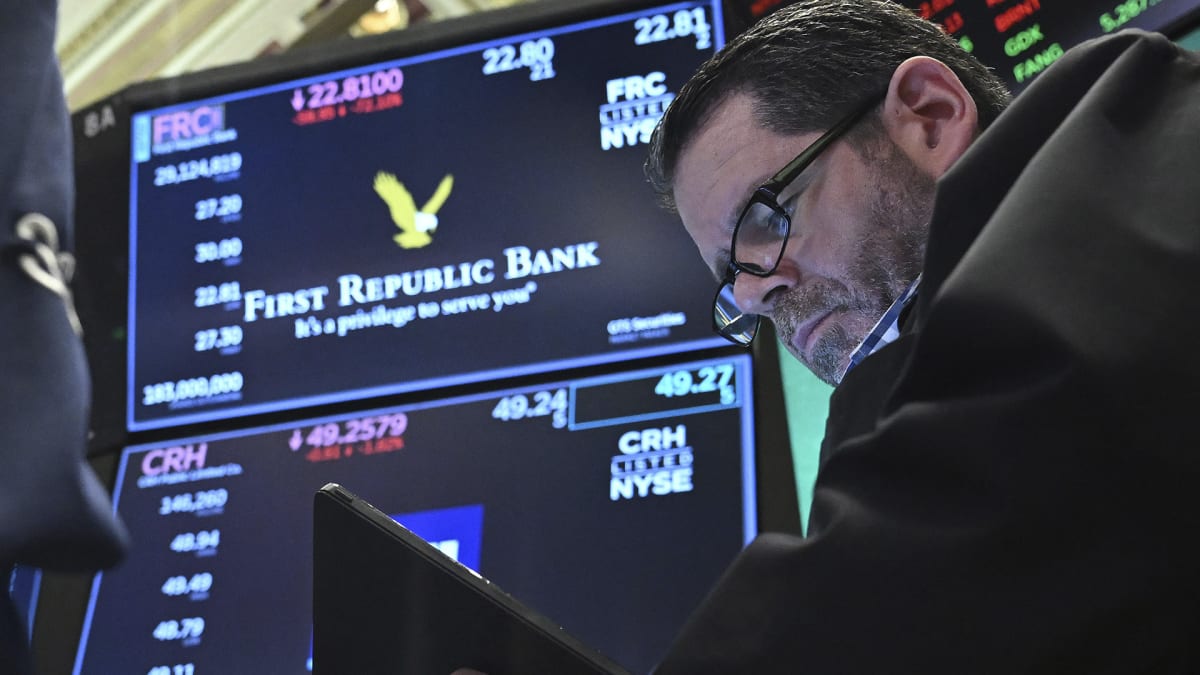
It turns out that Superman isn’t the only high-profile supernova that flies at the speed of sound.
In the age of lightning-fast financial institutions, now add digital bank runs to any “speed of sound” list.
That after a growing number of Wall Street executives are bemoaning the addition of smartphone technology to the older problem of panic-based bank runs.
Exhibit “A” is Silicon Valley Bank and Signature Bank, whose collapse fueled fears of a larger contagion that could spread across the financial services landscape. Apparently, those iPhones and Galaxy’s aren’t abating bank contagion fears.
“This crisis was caused by people on iPhones and other devices, hearing on social media that some bank might be in trouble,” Blackstone CEO Steve Schwarzman told Bloomberg in a March 30 interview. “They responded with huge withdrawals in a very short period of time, collapsing the bank.”
Financial industry observers point to the supersonic speed of SVB’s demise, with the shockwaves swallowing up Signature Bank and Credit Suisse, which was bought out by long-time Swiss banking competitor UBS (UBS-D) for a significant discount of $3 billion.
Schwarzman isn’t alone in sounding the alarm of smartphone and social media technologies, both of which fed the fire that engulfed SVB. Citigroup chief executive officer Jane Fraser told Fortune that real-time and highly pervasive technologies like iPhones and Twitter represent a “game-changer” in fueling bank run panics.
“There were a couple of tweets and then this thing went down much faster than has happened in history,” Fraser told Fortune. “And frankly I think the regulators did a good job in responding very quickly because normally you have longer to respond to this (scenario).”
That’s not to downplay the grim realities of a major bank run. When customers lose faith in their deposit holders, all bets are off and the stampede is on.
“If you see a bomb disposal expert running down the street, don’t ask them what’s happened, just try to keep up,” noted Frontline Analysts managing director Daniel Davies in the Financial Times.







